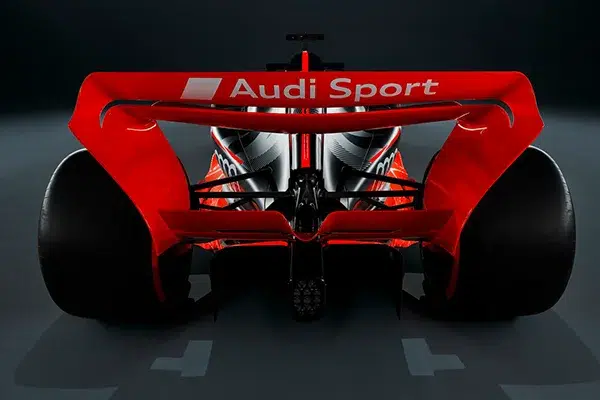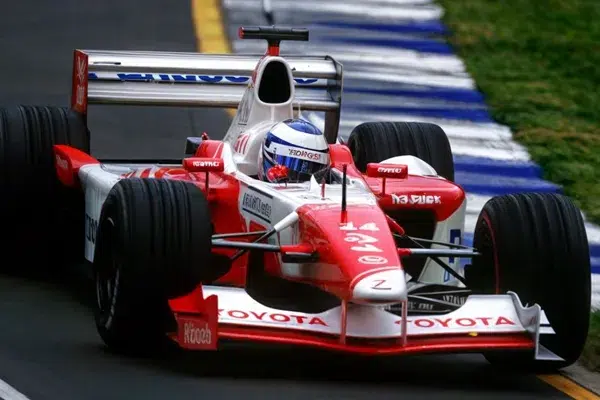Exploring Audi F1’s entry, a former Toyota driver warns of similar pitfalls faced by his team.
Timo Glock believes that Audi F1’s primary challenge will be managing operations across two distant facilities, with Hinwil in Switzerland focusing on chassis and Neuburg in Germany taking charge of engine design.
“Their greatest challenge lies in operating two factories,” the ex-driver commented on the Formula For Success podcast. “One is in Switzerland, the other in Germany. It’s a significant hurdle to overcome. However, they also possess the capabilities to manage it.”
“With Andreas Seidl at the helm, he knows precisely what it takes to lead a successful Formula 1 team, but naturally, it will be a challenge for them. I don’t anticipate them reaching the pinnacle in their first year.”
Nevertheless, the German is keen to see a manufacturer from his homeland enter Formula 1, especially with Nico Hülkenberg as the driver, which could rejuvenate interest in the premier racing category in Germany: “With the experience they now have with Nico, it sends a strong message to Germany.”
“Having a German manufacturer and a German driver could provide a fresh impetus in Germany. I hope to see them gain strength. However, against all the top teams, it will be exceedingly tough to match their place and competitiveness.”
Glock references Toyota’s entry into F1, which came with colossal resources but never achieved balance between its Japanese headquarters and the Cologne factory, largely due to cultural differences leading to discord over bold decisions: “I never thought that would be a problem for us.”
“When I joined Toyota, we toured the facilities and then had to ride motorcycles from one building to another due to the site’s vastness. Everything you could imagine needed to build a Formula 1 car, a winning F1 car, was there.”
“We had two wind tunnels. I was to drive this F1 car and represent Toyota as a manufacturer, alongside the 1,200 people working in Cologne. But I quickly realized that the problem was with Toyota—not the people, who were truly excellent.”
“It was the decision-making process; decisions needed to be made swiftly, which took us far too long. For instance, we had car improvements that were somewhat in a grey area, then they were halted by Japan.”
“They had to double-check everything with Japan, all the time. I remember a rear wing that locked at just the right moment, similar to a DRS effect. We were already using it during straight-line tests and it was ready to be deployed.”
“It could have gained us at least half a second. It was cancelled in Japan because it was in the grey zone. They said ‘no, no, we don’t want to be disqualified, we can’t go in this direction.’ This kind of thing prevented us from making that final step.”
And Glock confirms that the Toyota TF110, a car that never raced competitively due to the brand’s withdrawal, would likely have been the team’s great success: “The 2010 car would have been a very, very good car. That’s for sure. I know because of guys from Toyota who moved to Ferrari when Toyota stopped in 2009.”
“They had the same aerodynamic figures. We were 10 to 15 points ahead of Ferrari in 2010, but the 2010 car never saw a circuit. Looking back, I would have loved to drive the 2010 car, as I think it could have contended for a top three finish.”

Audi F1’s Dual-Facility Challenge: A Toyota Parallel?. Audi F1’s Dual-Facility Challenge: A Toyota Parallel?
- You may also like>“Focus, George, focus” Wolff’s Radio Call: A Hindrance for Russell?
- Following us on Facebook and Twitter
